(N. Ram was in Pune to deliver the first Dr. Narendra Dabholkar Memorial Lecture on 20th August 2019. The following article is the first part of his lecture. Mr. Ram is the Chairman of The Hindu publishing group. Previously, he was the editor of The Hindu for 9 years and the editor of Frontline for 12 years.)
It is an honor to be here, at the invitation of the Maharashtra Andhashraddha Nirmoolan Samitee, to deliver the First Dr. Narendra Dabholkar Memorial Lecture. I wouldn’t say I’m happy to do this. This is because the grim circumstances that led to memorializing in an untimely way Dr. Dabholkar and other upstanding fighters for rationality, a scientific temper, free speech, social and economic justice, and a secular, democratic and progressive India, those grim circumstances should never have arisen in the first place.
The list of the men, women, and children who have met an unnatural and violent end in rising India in the 21st century at the hands of the forces of communalism, casteism, and organized hate ideology and politics is long and terrible. But let me mention here four who stood out for the clarity of their ideas and ideals, their unwavering commitment to these ideas and ideals, their integrity, the sincerity with which they put their words to action, and their fearlessness: Narendra Dabholkar, Govind Pansare, M.M. Kalburgi, and Gauri Lankesh. Each worked tirelessly for his or her ideas and cause in a different field. But some common threads ran through their lives, their work, and their unnatural death, in which we can detect a pattern. Which organization, which ideology, which set of conspirators and killers is involved is no secret – it never was. We are only learning the specifics, the details as the investigations into these cold-blooded assassinations that were meant to send a message of terror through society make their slow progress.
Dr. Dabholkar was an extraordinary man. He lived his life, public as well as private, in complete harmony with his deeply thought-out ideas on reason, science, philosophy, and social justice. To say that he lived and died by his principles is to state the obvious. I have dipped into three of his books, in the English translation of course: the two volumes of The Case for Reason, the first offering us an authoritative understanding of the anti-superstition movement, the second a scientific inquiry into belief; and also Please Think, which is a practical guide to developing a scientific temper. I look forward to reading these books closely. Dr. Dabholkar’s contribution in founding MANS and in campaigning against and exposing all manner of exploitative superstitions, obscurantist beliefs and practices, and fraudulent claims of so-called miracle workers and ‘healers’ is in the best traditions of the rationalist movement in India and abroad. Tamil Nadu, Maharashtra, and Kerala have a leading role in this movement, and I can easily relate Dr. Dabholkar’s work to the powerful and long-lasting contribution of Periyar Ramasamy (1879-1973) to rational thinking, atheism, gender equality, social justice, and self-respect in the land of the Tamils.
As for bringing the killers and the conspirators in the Dabholkar assassination case to justice, I read that the sustained protest to ensure an effective investigation and the legal battle to ensure transparency in the investigation has led to a “significant development”, with the CBI making several arrests. Still, given the national socio-political situation and the weaknesses and vices of India’s criminal justice system, we must keep our fingers crossed about the eventual outcome of the investigation and prosecution of this vital cause.
So let me pay my tribute to the life and work of Dr. Dabholkar and express my solidarity with the campaign to ensure effective investigation and bring the killers and conspirators to justice before I move on to the main theme of this lecture – three big challenges facing contemporary India.
The first is the challenge of mass poverty and deprivation and I will deal with this relatively brief, if only because there is a large literature, technical as well as more accessible, available on this subject.
1. The challenge of mass deprivation
The big question before us today is whether, seven decades on, India has kept its tryst with destiny. In trying to answer this question, let us apply Jawaharlal Nehru’s litmus test when he made his famous speech close to the midnight hour on August 14, 1947: “The service of India means the service of the millions who suffer. It means the ending of poverty and ignorance and disease and inequality of opportunity.”
The path India took in 1947 was a brave experiment in trying to address underdevelopment and extreme deprivation in a large, highly populated, poor country, within the framework of parliamentary democracy. But the experiment largely failed Nehru’s litmus test – of ending poverty and ignorance and disease and inequality of opportunity. What is worse, there is no indication that policymakers have lost much sleep over the palpable reality of India having a greater mass of basic deprivations today than any other country on earth. What makes this particularly inexcusable is the failure of a relatively prolonged phase of growth substantially to scale down mass poverty and deprivation.
There are endless debates on definitions of the poverty line; and successive central governments have claimed that they have been able to raise tens of millions of people over the poverty line. There is no doubt that there has been progress, but the kind of success claimed in this area has been achieved mostly through the manipulation of data, statistical sleight of hand. In any case, no one denies that the number of poor people in India runs into hundreds of millions.
But in meeting this first challenge, we need to go beyond how many hundreds of millions are below or around a minimally defined poverty line. We need to look at the challenge in terms of mass deprivations. “Deprivation” refers to the inability of individuals in a society to achieve basic human functionings. Among these are the ability to live a long and healthy life free from avoidable disease and hunger, and the opportunity to be educated and to have access to resources needed for a socially acceptable standard of living. Mass deprivation in India has many aspects, manifestations, and consequences. There is income deprivation, nutrition deprivation, housing deprivation, educational deprivation, health deprivation, gender deprivation, environmental deprivation, and deprivation of basic human rights. These are the major areas and they define the nature and scale of the challenge.
Approaching the challenge positively, let us look at a Stage 1 to 2047 that sets about eliminating the worst forms of deprivation in the next five years. Can we take this for granted? The answer is ‘No’ for the simple reason that the task calls for a state that is willing to mobilize and put to use the surpluses that are available to this end, in a determined and concentrated way. This implies a growth strategy very different from the one we are on now.
Let us now hear an economist, Professor Jayati Ghosh, on how India’s much-vaunted neo-liberal growth process has let down its working people:
"An important failure [from a long-run perspective] is the worrying absence of structural change, in terms of the ability to shift the labor force out of low productive activities, especially in agriculture, to higher productivity and better-remunerated activities…In the past decade, agrarian crisis across many parts of the country has impacted adversely on the livelihood of both cultivators and rural workers, yet the generation of more productive employment outside this sector remains woefully inadequate. Other major failures, which are directly reflective of the still poor status of human development in most parts of the country, are in many ways related to this fundamental failure. They include the persistence of widespread poverty; the sluggishness of employment, especially in the formal structure; the absence of basic food security (and growing food insecurity) for a significant proportion of the population; the inability to ensure basic needs of housing, sanitation, adequate health care to the population as a whole; the continuing inability to ensure universal education and the poor quality of much school education; the sluggish enlargement of access to education and employment across different social groups and for women in particular. Also, there are problems caused by the very pattern of economic growth: aggravated regional imbalances; greater inequalities in the control over assets and in access to incomes; dispossession and displacement of people from land and livelihood without adequate compensation and rehabilitation."
So the key question is: Will the growth strategy change so that, as a national priority, we can bring an end to the state of multiple basic deprivations in which hundreds of millions of our people live? There are no guarantees but what we need to do is to work to build public opinion and undertake democratic and progressive public action towards bringing about a suitable strategy change. And that will mean figuring out what kind of institutional change is needed. It will mean joining the global search for an institutional framework that can deliver a more egalitarian and sustainable development strategy, a strategy that can deliver development with much less of its adverse externalities.
(Part 2 and part 3 of this lecture can be found here and here respectively.)
Tags: Narendra Dabholkar Memorial Lecture भाषण नरेंद्र दाभोलकर स्मृतिव्याख्यान Three Challenges Facing Contemporary India N. Ram द हिंदू इंग्लिश Load More Tags

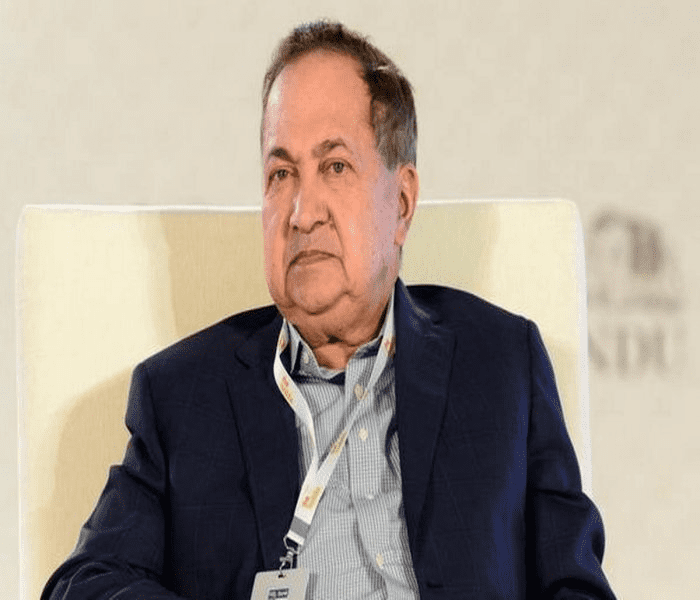
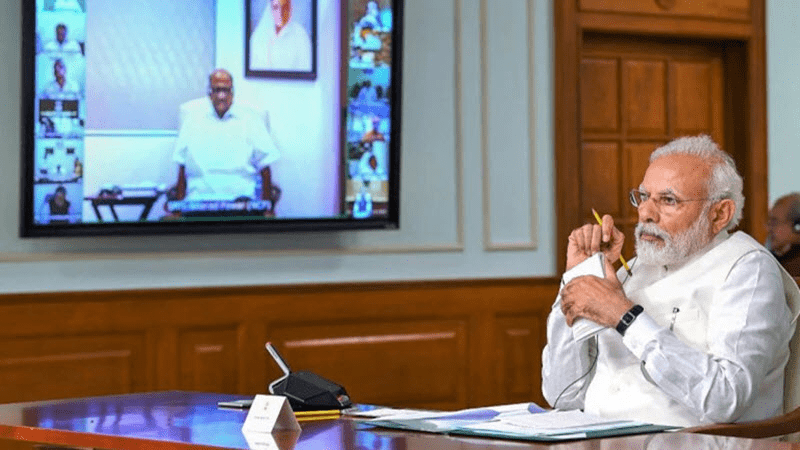
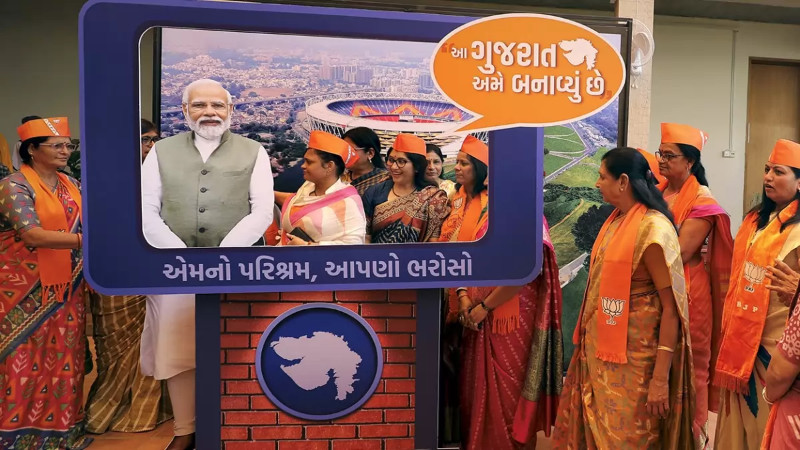
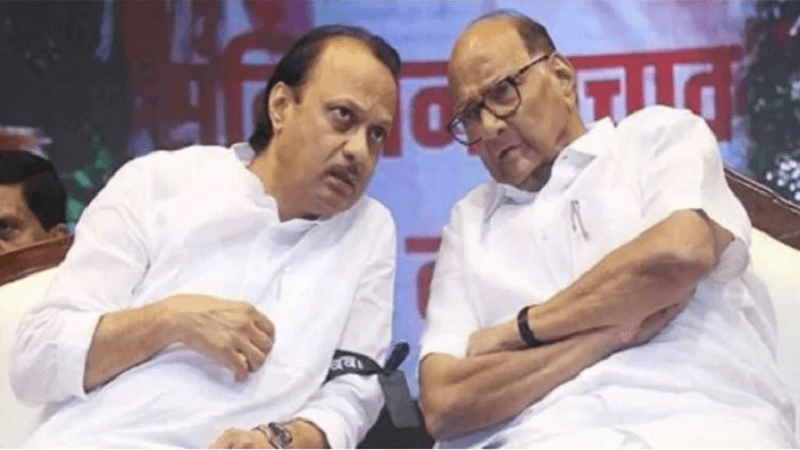
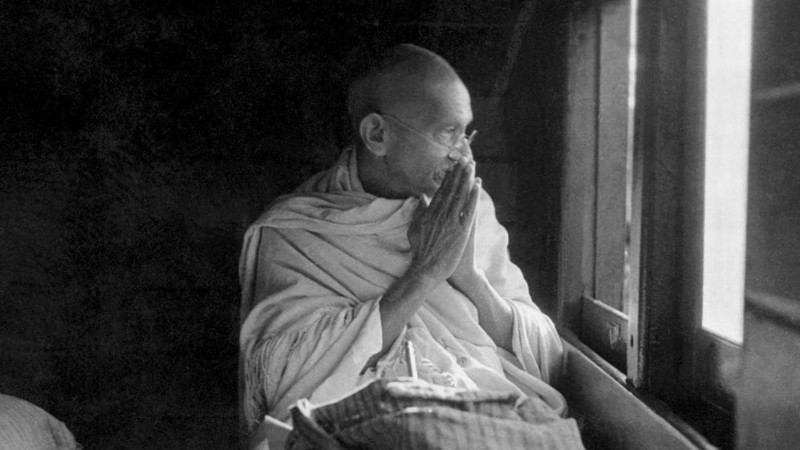
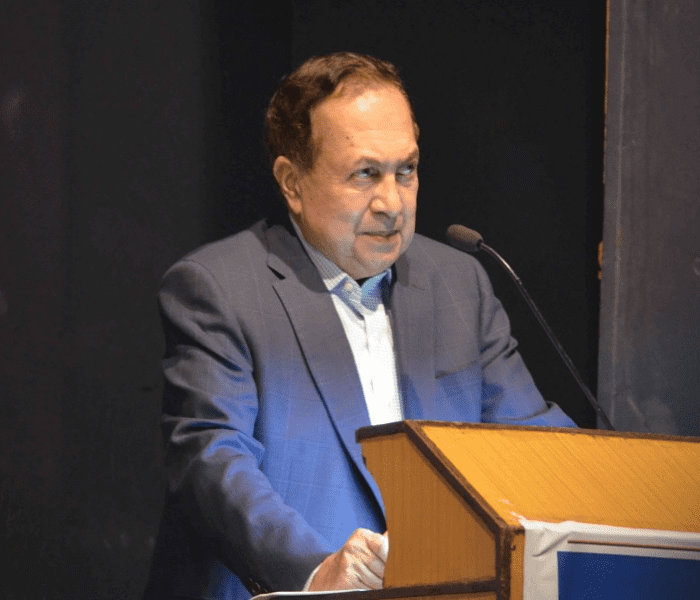

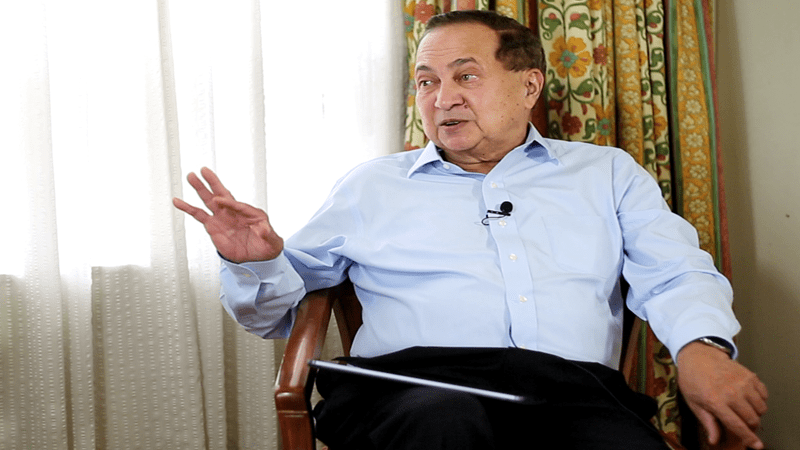
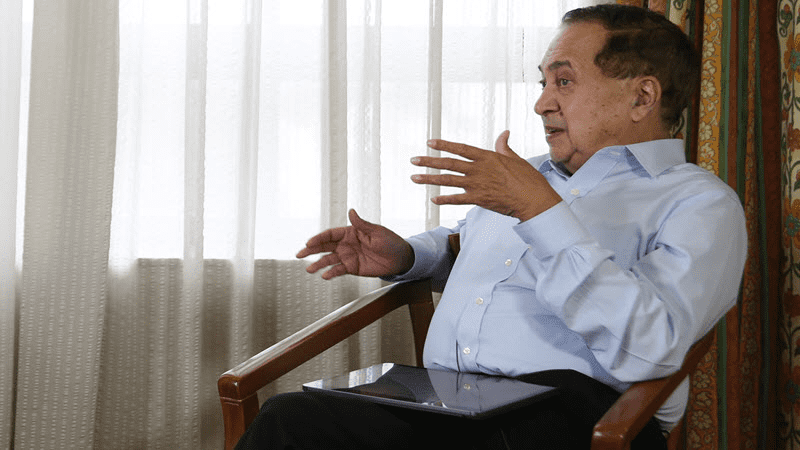
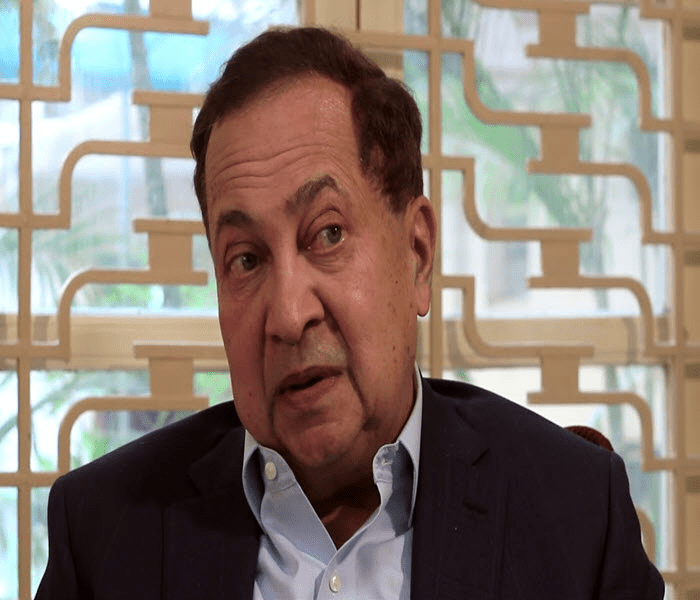

























Add Comment